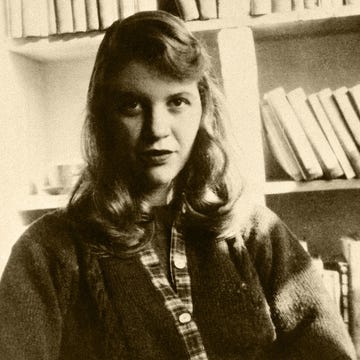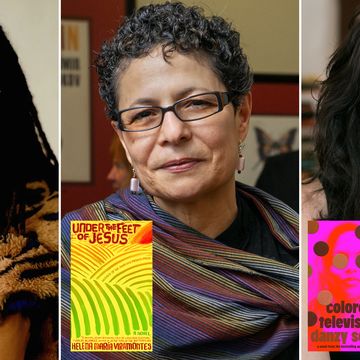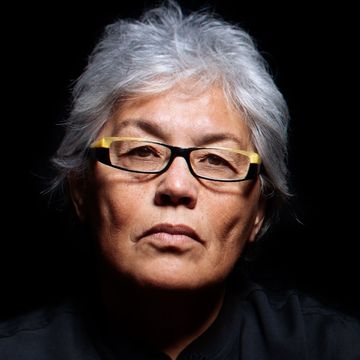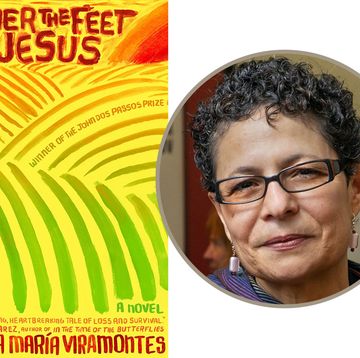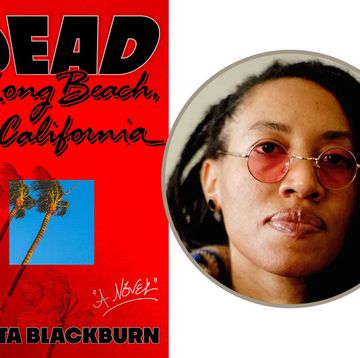While watching The Sound of Music for the first time in decades, as soon as Julie Andrews opened her mouth to sing “The hills are alive with the sound of music,” I wept. For every hike either into or with a view of the mountains, that song echoes inside of me because the hills are singing. The trees are speaking. I hear the buzz of living beings. I hug a tree with gratitude when on the trail and always receive the tree’s answer, usually in the form of specific advice, such as what plant my body needs. Occasionally, on neighborhood sidewalks, I stop to talk to a tree, but I’m less comfortable risking an encounter with a human who feels they own it. This is why the wilderness is my cathedral, where I am in worship for being alive with the all.
Pulitzer Prize–winning deep ecology poet laureate and Zen Buddhist Gary Snyder writes in “The Etiquette of Freedom,” from the essay collection The Practice of the Wild, “To speak of wilderness is to speak of wholeness. Human beings came out of that wholeness, and to consider the possibility of reactivating membership in the Assembly of all Beings is in no way regressive.”
Returning to a more natural state of being, at one with the seasons, ecosystems, planetary alignments, and respect for all life, with the foregone conclusion of history lessons finally and fully grasped, is what it could mean to bring into consciousness a new earth.
“The world is our consciousness, and it surrounds us. There are more things in mind, in the imagination, than ‘you’ can keep track of—thoughts, memories, images, angers, delights, rise unbidden. The depths of mind, the unconscious, are our inner wilderness areas,” Snyder continues in “The Etiquette of Freedom.” It is only in the mind and the imagination that we could ever begin to actualize a more harmonious way of living together here on this very planet. It may be fine for some to feel that the getaway safety net is Mars, but wherever you go, there you are, and you bring your habits with you.
Whenever I hear John Lennon’s “Imagine,” I feel all the lyrics. In the song’s conceptualization, being a “dreamer” can be active, can be the “first step”—dreaming is the first step into the wilderness. In the essay “Good, Wild, Sacred,” Snyder considers dreamtime as well, writing, “‘Dreaming’ or ‘dreamtime’ refers to a time of fluidity, shape-shifting, interspecies conversation and intersexuality, radically creative moves, whole landscapes being altered. It is often taken to be a ‘mythical past,’ but it is not really in any time. We might as well say it is right now.”
Snyder’s dreamtime has manifested in his 93 years of rich history, including summer jobs working on trail crews for the U.S. Forest Service; writing a thesis on the Haida myth of the people of southern Alaska, northern coast of Canada; and studying Zen buddhism, haiku, and Chinese poetry over a decade-long sojourn in Japan—after studying Indigenous American mythology, anthropology, linguistics, and modern literature. He has lived with his family in a house built by him and his friends in the Sierra foothills of Northern California since the 1970s, cultivating a back-to-nature lifestyle. There is a community Zendo—meditation hall—down the trail from his house. His Berkeley days’ hikes with Jack Kerouac were mythologized in Kerouac’s 1958 The Dharma Bums, which made him a cultural hero at the time of publication. It was Snyder’s 1974 Pulitzer Prize–winning poetry collection, Turtle Island, that was coined “love lyrics to planet Earth.”
In the preface to Snyder’s The Practice of the Wild, he states, “My own path is a kind of old time Buddhism which remains connected to animist and shamanist roots. Respect for all living beings is a basic part of that tradition.”
My own path has been influenced by Vedanta, Taoism, Buddhism, mystical Christianity, Egyptology, 30 years of yoga (mostly Ashtanga), Sufism, and kabbalah. I attended Eckhart Tolle’s first School of Awakening and then Being the Light on scholarship. I am not claiming to be awake or realized, with my outbursts of reactivity and anger, but I do know that it is nearly impossible to be in either state while surrounded by nature.
“There are paths that can be followed, and there is a path that cannot—it is not a path, it is the wilderness. There is a ‘going’ but no goer, no destination, only the whole field,” Snyder writes in “On the Path, Off the Trail.” His essays meditated upon together form a kind of koan—he has a path, he does not have a path, only a wholeness.
It has been on the trail that I have consistently felt these hits of bliss, where without the aid of psychedelics, a shaman, or any intellectual analysis of what is happening, I become one with the whole field, from a granule of dirt to the glare of the sun, the collective sounds of near and distant voices, and it is as Snyder describes: there is no path, no goer, no destination, but rather a far-beyond-words exquisiteness of existence itself.
Join us on May 16 at 5 p.m. Pacific time, when an array of panelists and CBC host John Freeman, with an appearance by Snyder, will gather to discuss Riprap and Cold Mountain Poems and The Practice of the Wild. Register for the Zoom conversation here.
Lisa Teasley is a native of Los Angeles and the author of Glow in the Dark, Heat Signature, Dive, and the story collection Fluid.







